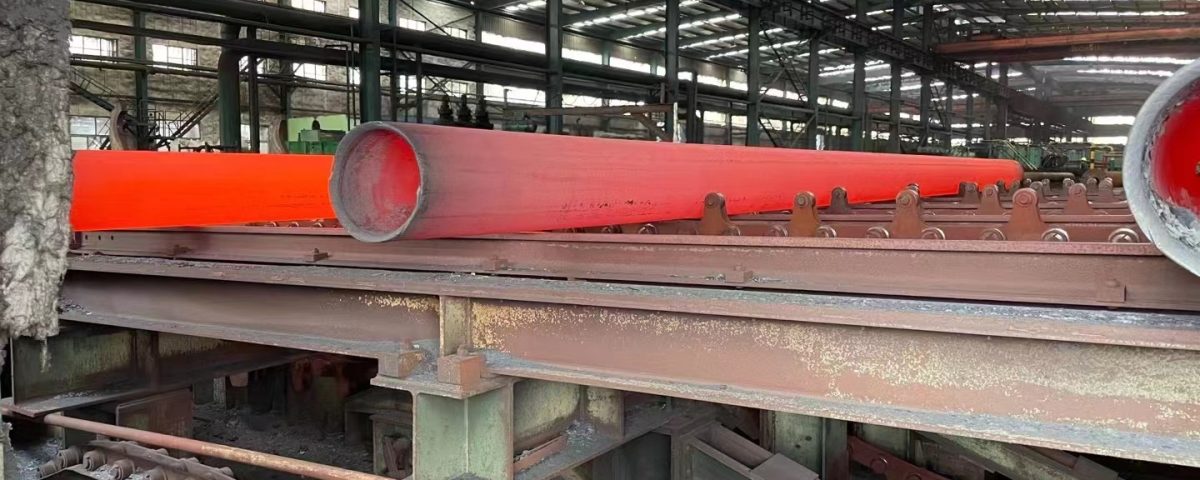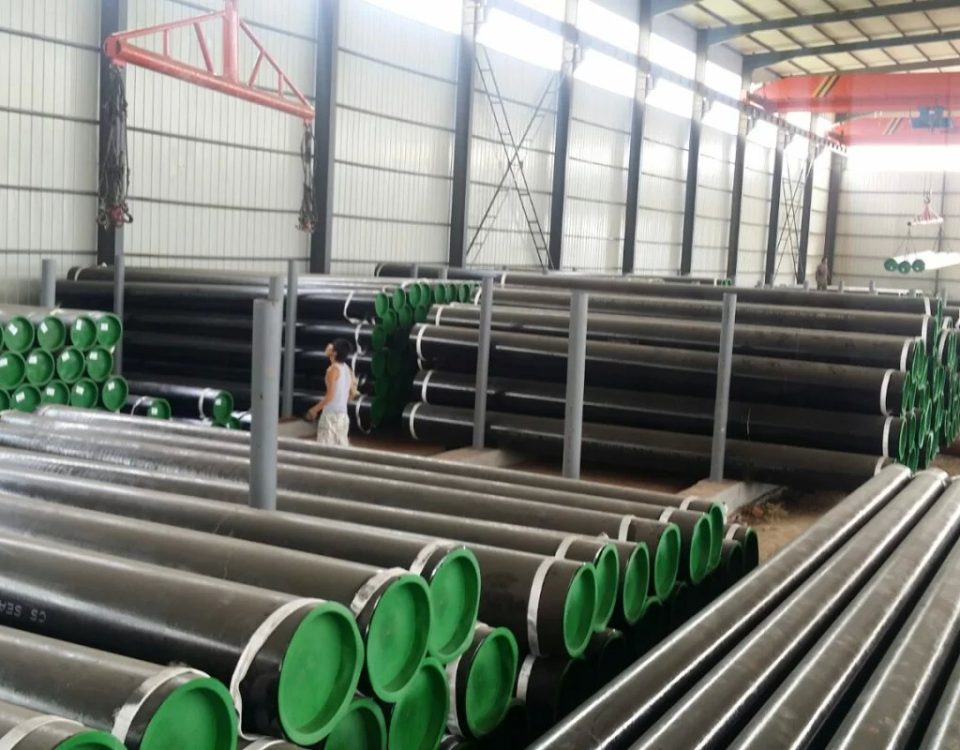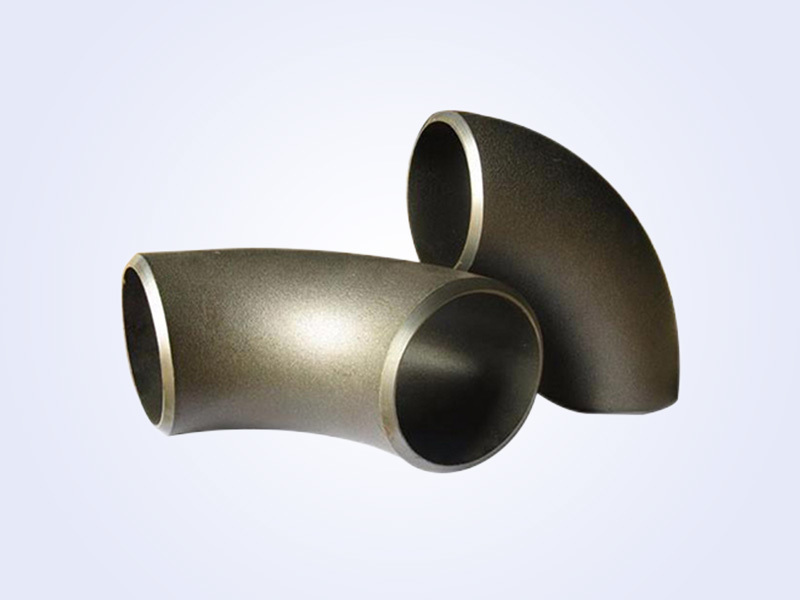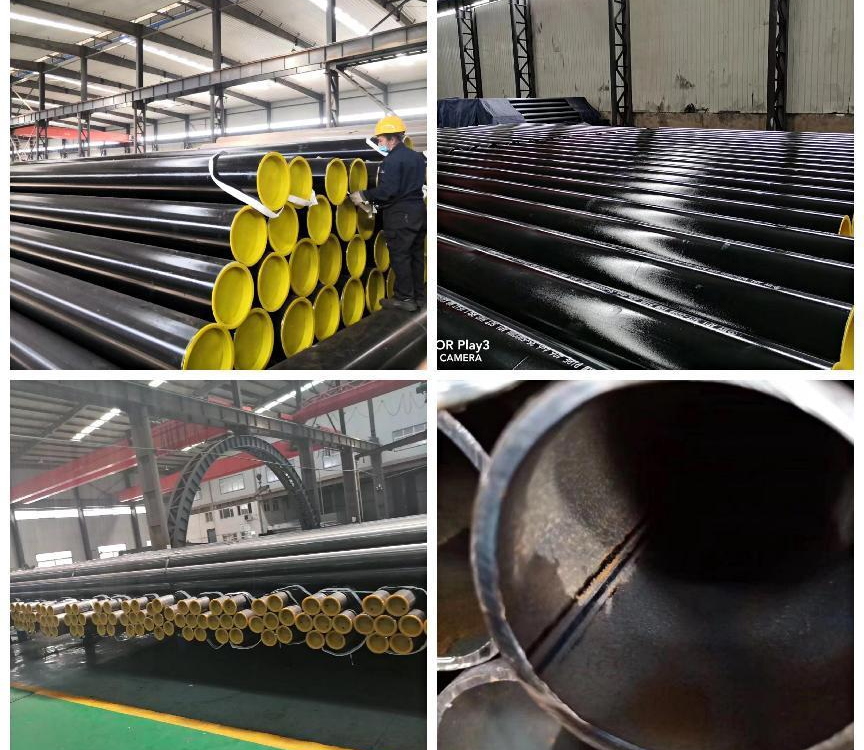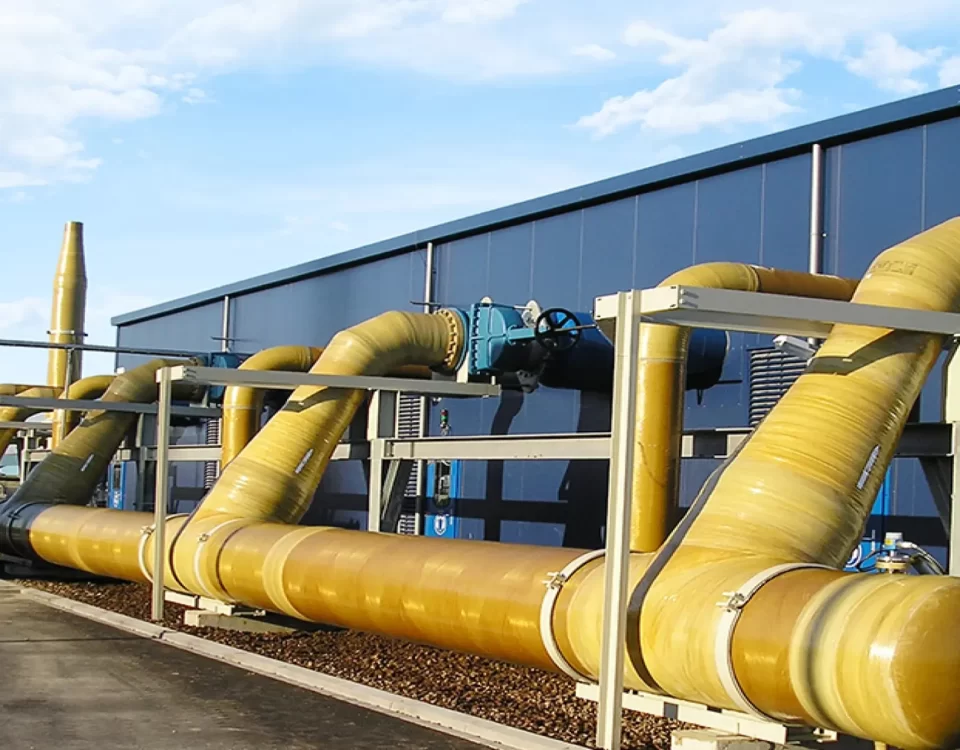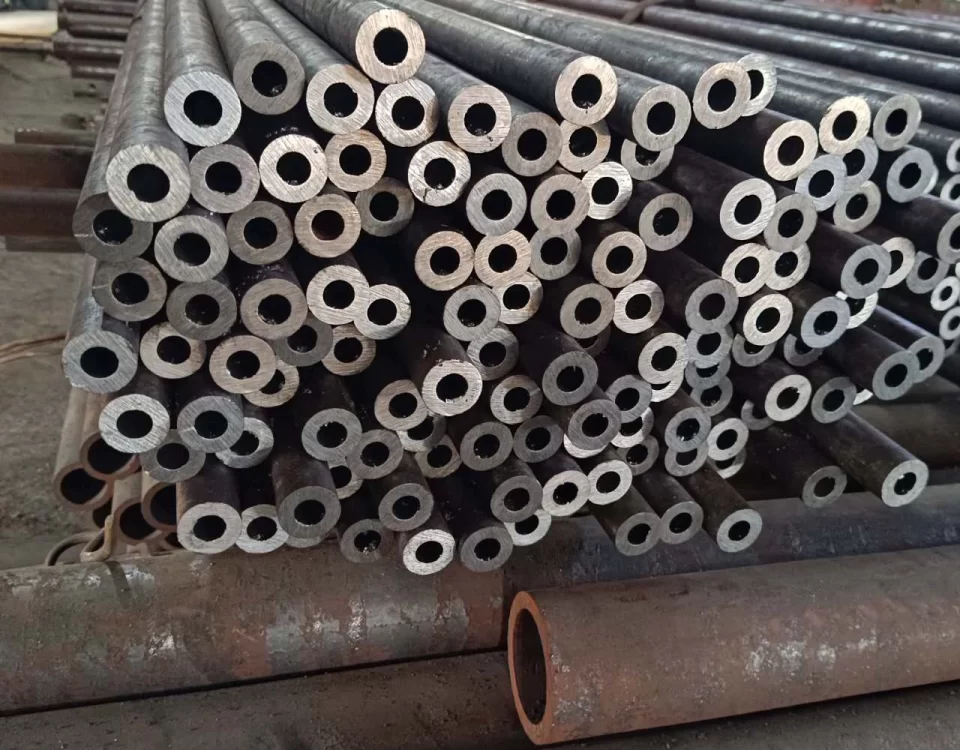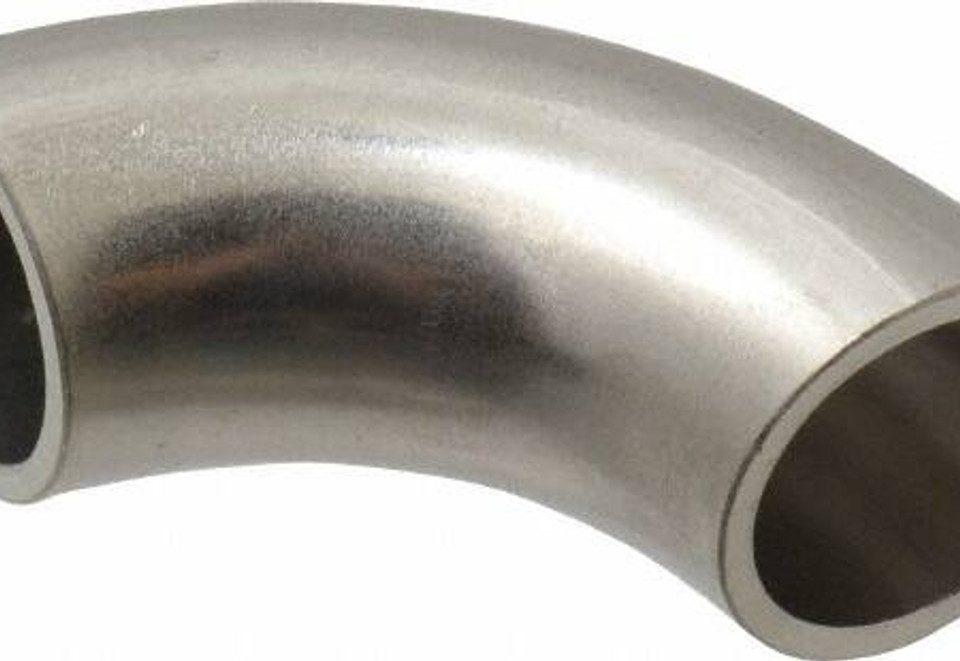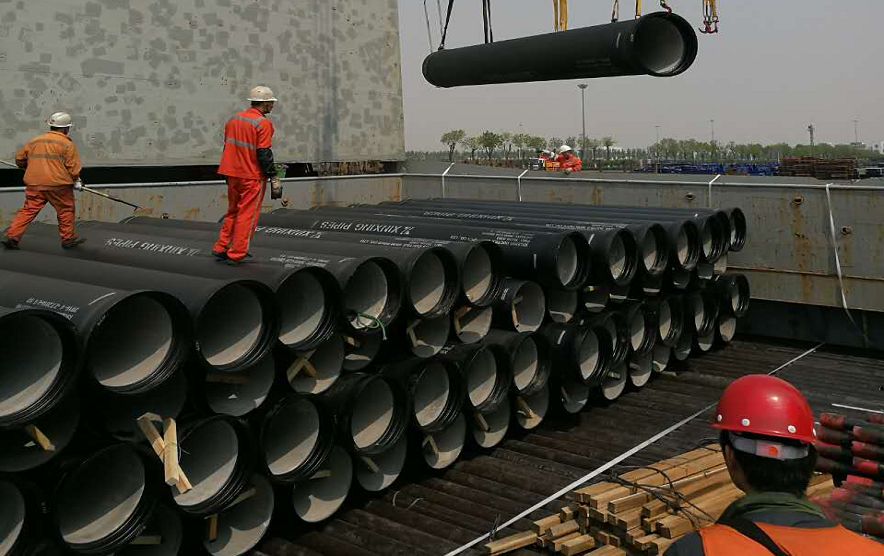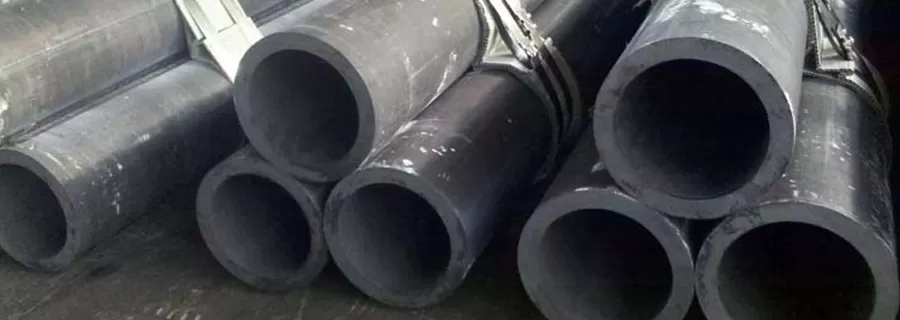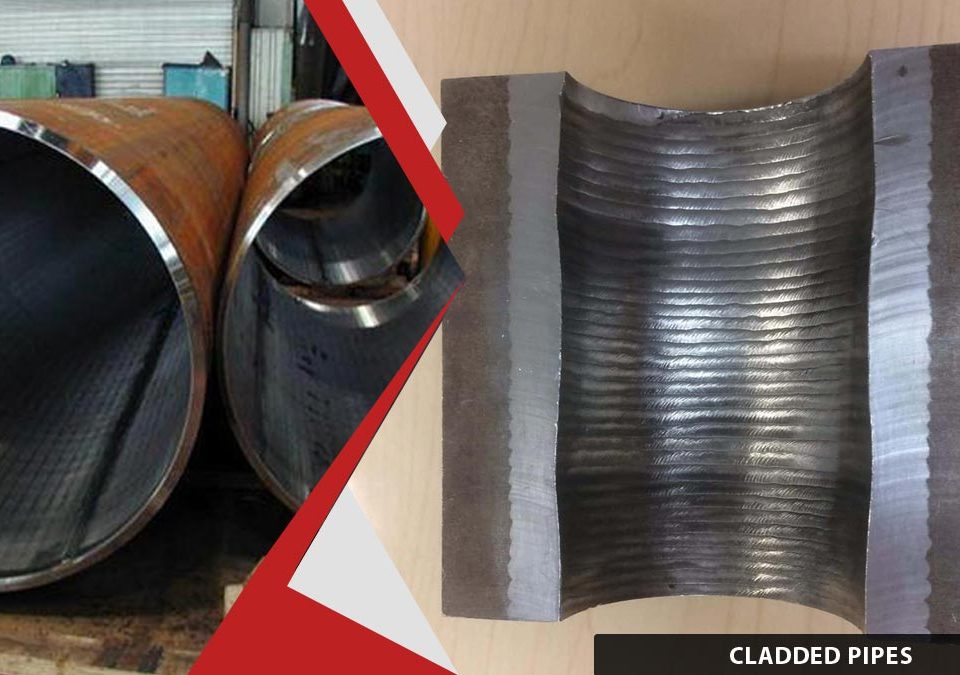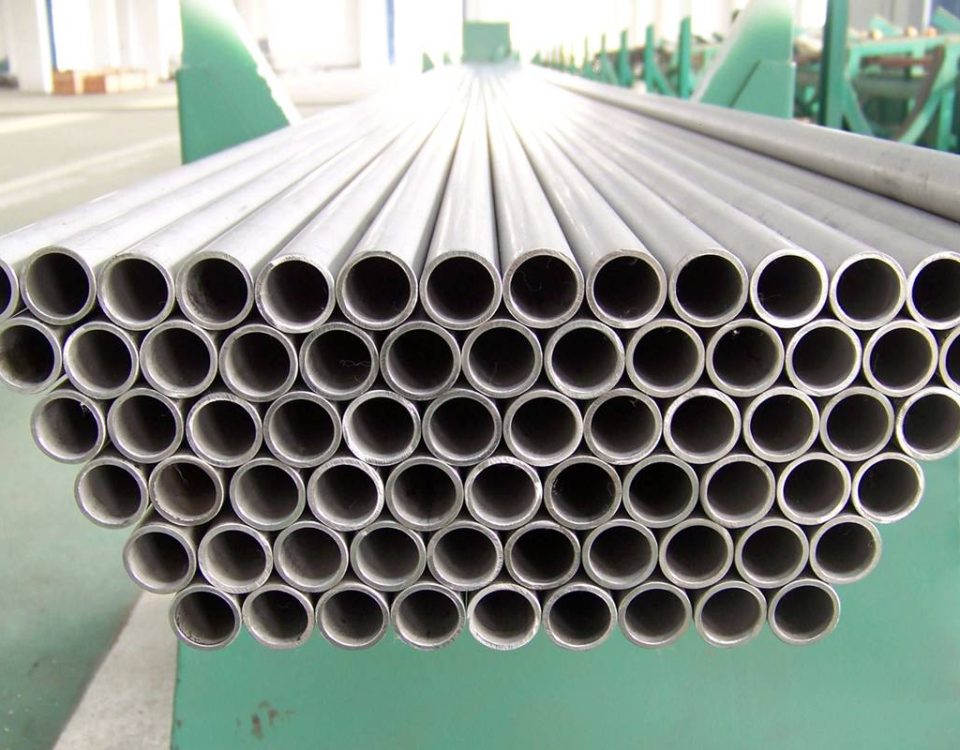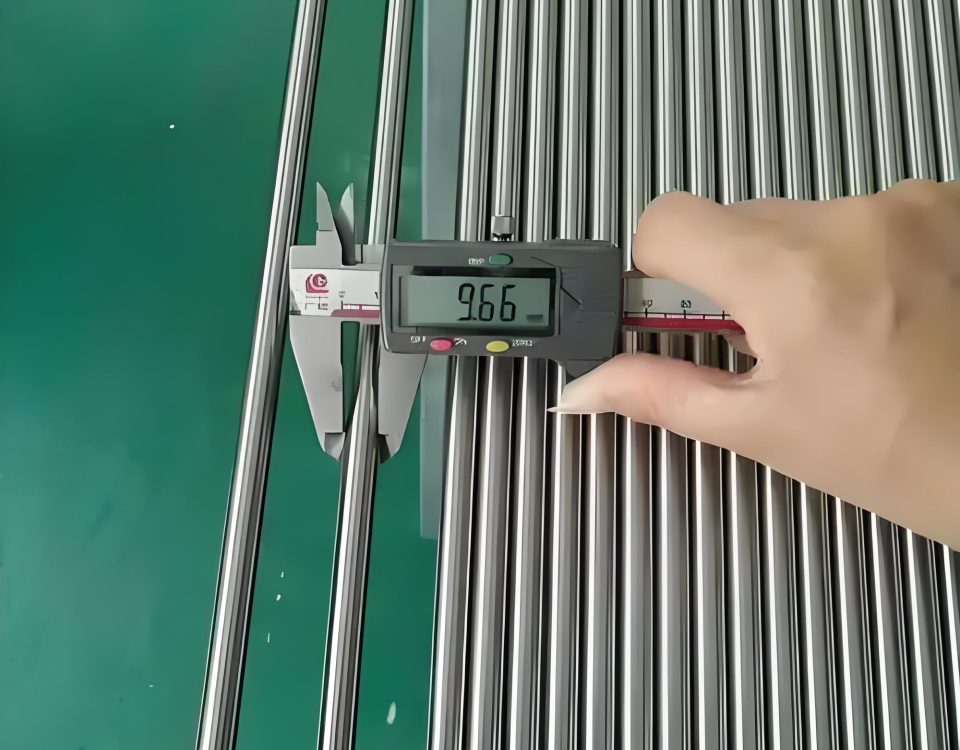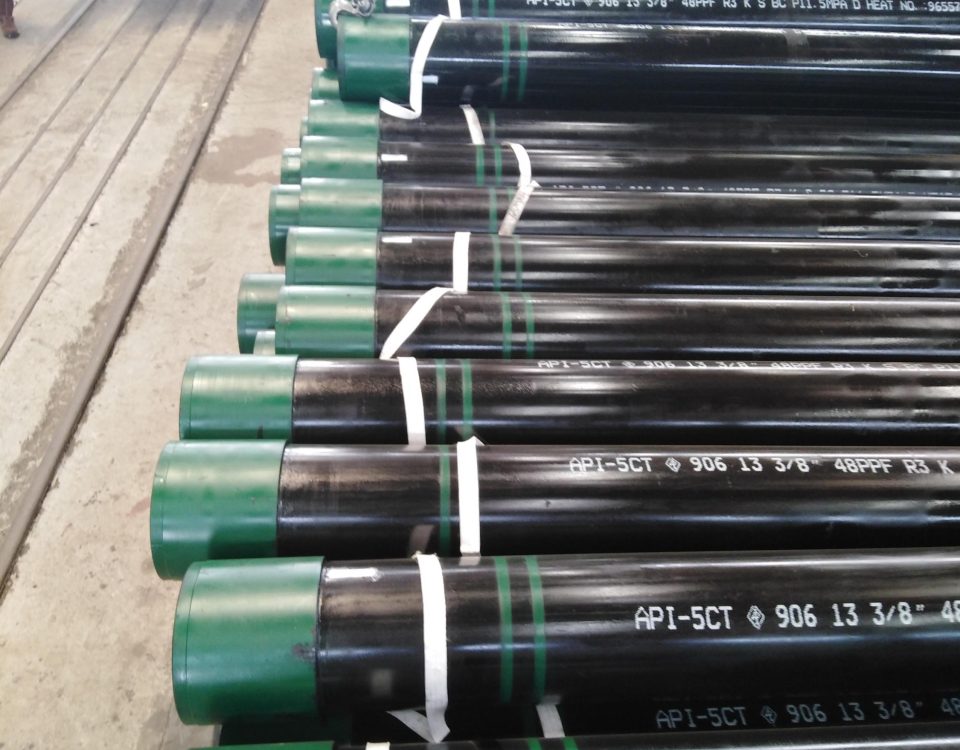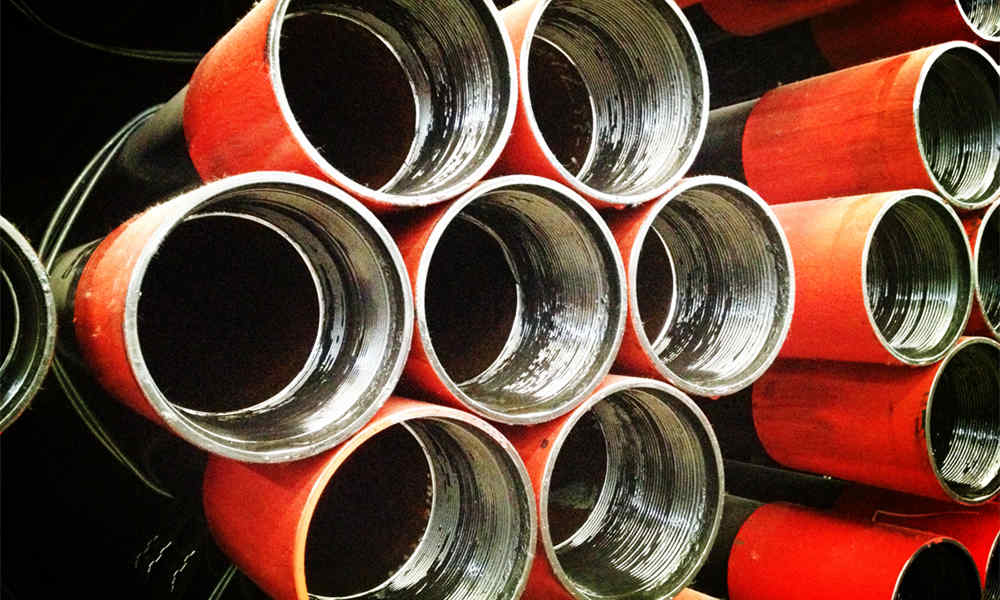
RFQ API N80 Premium Threaded CASING and JOINT
March 23, 2023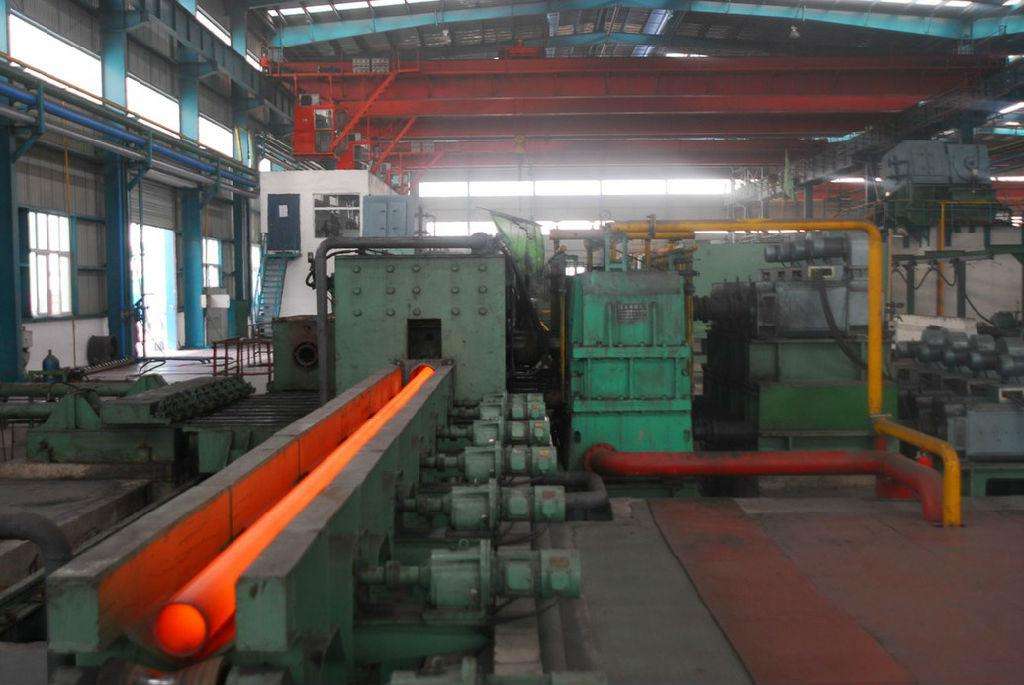
Process and system for manufacturing hot-rolled seamless pipe
April 7, 2023Introduction
Seamless steel pipe technology is a key component in the production of high-grade steel pipe products. The technology enables manufacturers to produce pipes with superior properties compared to traditional welded pipe. Seamless pipe also offers a higher degree of flexibility in terms of design, allowing for the production of pipe with a wide range of shapes, sizes, and thicknesses. Seamless pipe can also be used in applications that require pipes to withstand high pressure or corrosion.
This report will provide an overview of the technology used for the production of seamless steel pipe. The report will discuss the various manufacturing processes used to create seamless pipes and the advantages and disadvantages associated with each one. The report will also provide a comparison of the costs associated with each method. Finally, the report will discuss the environmental impact of seamless steel pipe production.
History and Overview of Seamless Steel Pipe Production
The history of seamless steel pipe production dates back to the late 19th century, when the first seamless steel pipe was produced in Germany. Since then, the technology for producing seamless steel pipes has evolved significantly, with advances in both the materials used and the techniques employed.
Seamless steel pipes are produced through a number of different methods. The most common methods are hot rolling and cold rolling. Hot rolling is the most common method of production and involves heating the steel to high temperatures (around 1100°C) and then passing it through a series of rollers to achieve the desired shape and size. Cold rolling is a less common method and involves passing the steel through a series of rollers at lower temperatures.
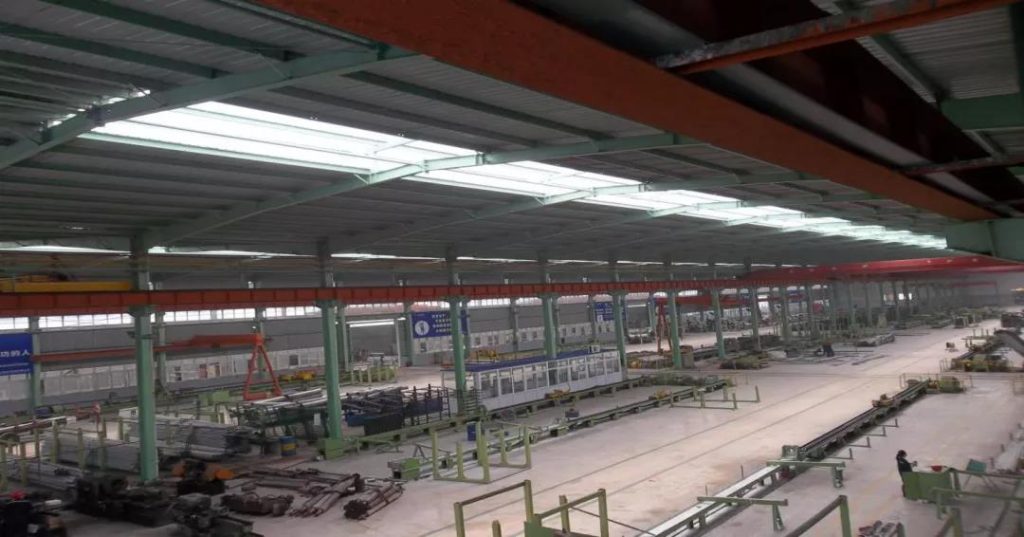
Advantages and Disadvantages of Hot Rolling and Cold Rolling
Hot rolling is the most common method of seamless steel pipe production and offers a number of advantages. Hot rolling is a faster process than cold rolling, which makes it ideal for large-scale production. Hot rolling also produces a higher quality pipe since the heat helps to improve the surface finish and reduce the occurrence of defects. Hot rolling is also more cost-effective than cold rolling since it requires less energy and labor.
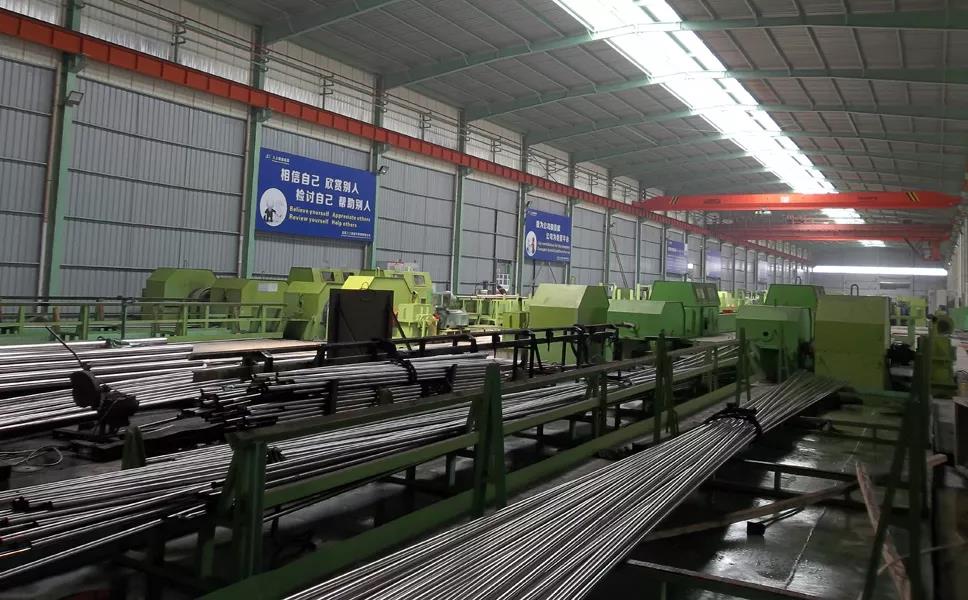
The main disadvantage of hot rolling is that it can result in an uneven surface finish. Additionally, hot rolling can cause the steel to become brittle, which can reduce the durability of the pipe.
Cold rolling is a less common method of pipe production, but it offers a number of advantages. Cold rolling produces a smoother surface finish than hot rolling, which can be beneficial for certain applications. Cold rolling is also less likely to cause the steel to become brittle, which can improve the durability of the pipe.
The main disadvantage of cold rolling is that it is a slower process than hot rolling, which makes it less suitable for large-scale production. Additionally, cold rolling requires more energy and labor than hot rolling, which can make it more expensive.
.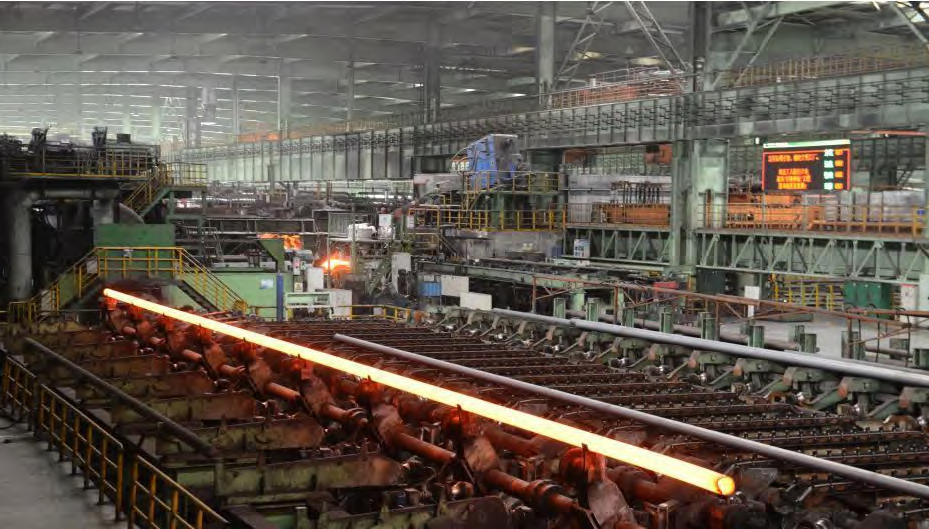
Cost Comparison
The cost of producing seamless steel pipe depends on a number of factors, including the type of production method and the size and shape of the pipe being produced. Generally speaking, hot rolling is more cost-effective than cold rolling since it requires less energy and labor. However, cold rolling may be more cost-effective for smaller pipes or pipes with complex shapes.
Environmental Impact
The production of seamless steel pipe can have a significant environmental impact. The most significant environmental impact comes from the energy required to heat the steel during hot rolling. Additionally, the production process can create a significant amount of waste in the form of scrap steel.
Conclusion
Seamless steel pipe production is an important technology for the production of high-grade steel pipe products. The most common methods of production are hot rolling and cold rolling. Hot rolling is the most common method and offers a number of advantages, such as faster production times and improved surface finish. Cold rolling is a less common method but can produce a smoother surface finish and is less likely to cause the steel to become brittle. The cost of production depends on the type of method used, the size and shape of the pipe, and other factors. The production of seamless steel pipe also has a significant environmental impact, primarily due to the energy required for hot rolling.

